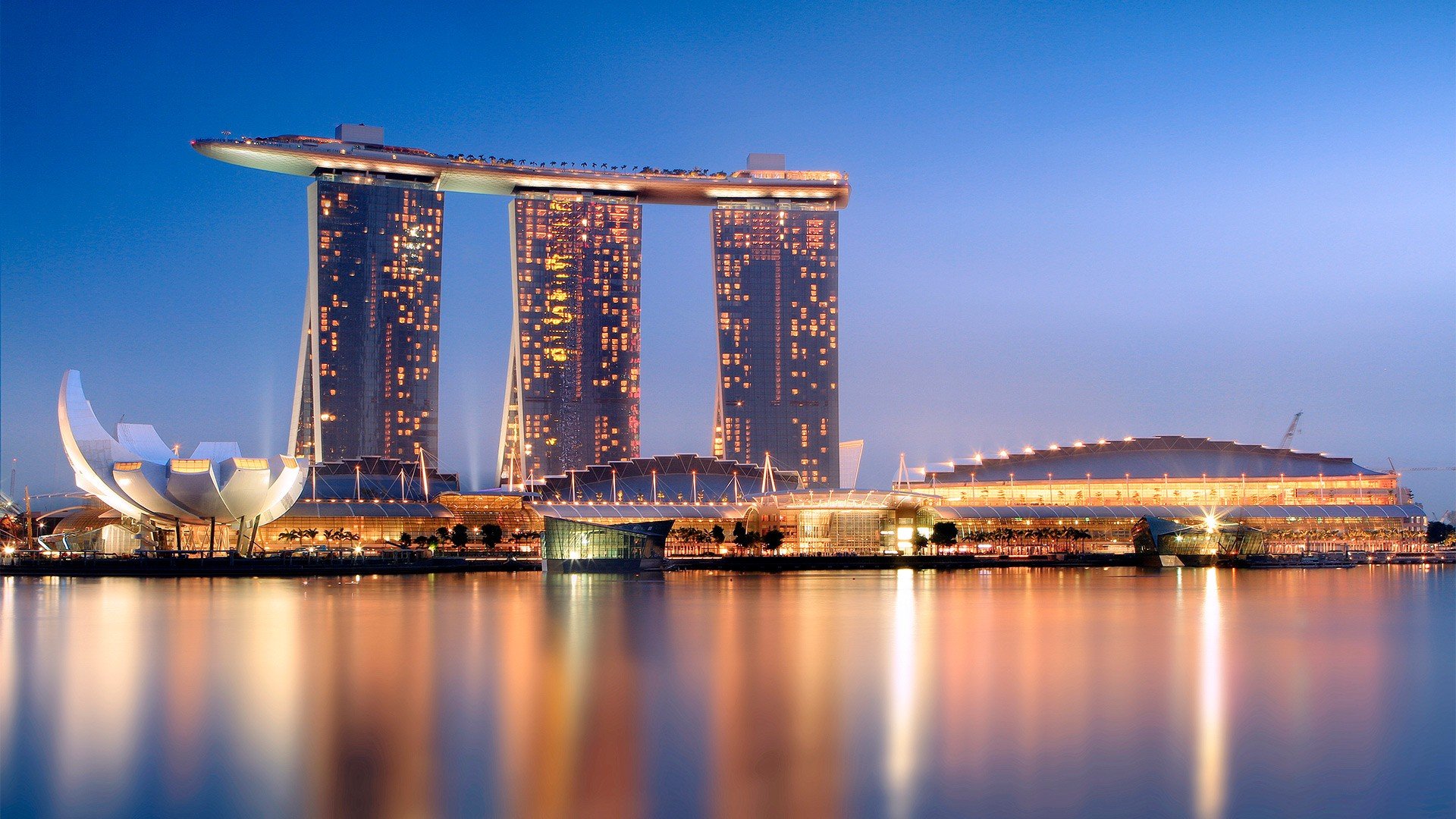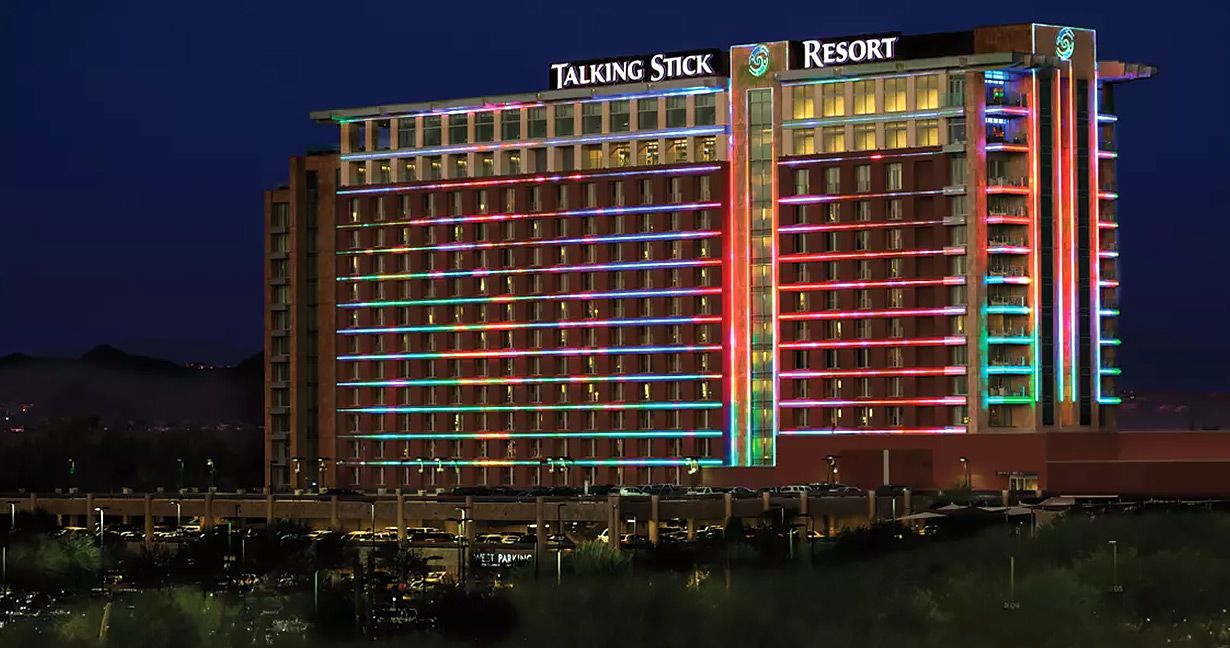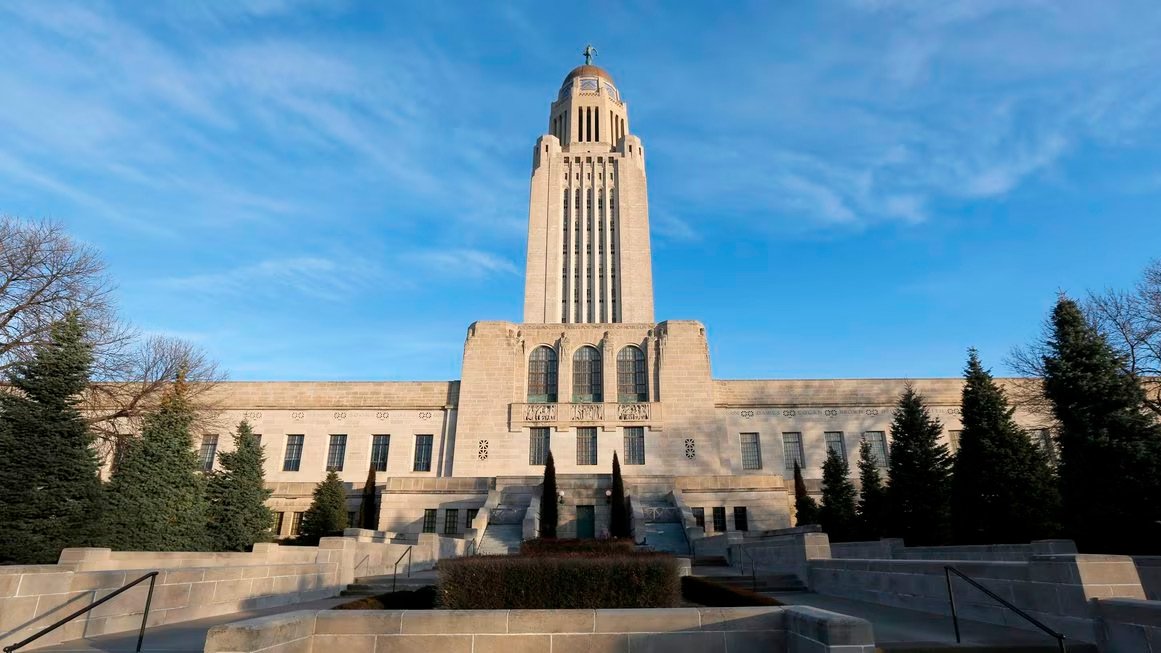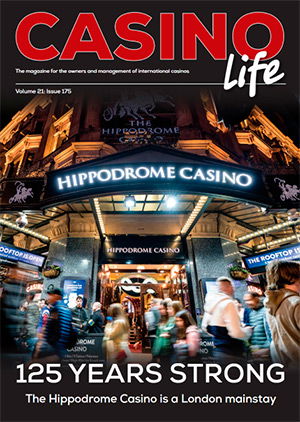The most expensive casinos in the world
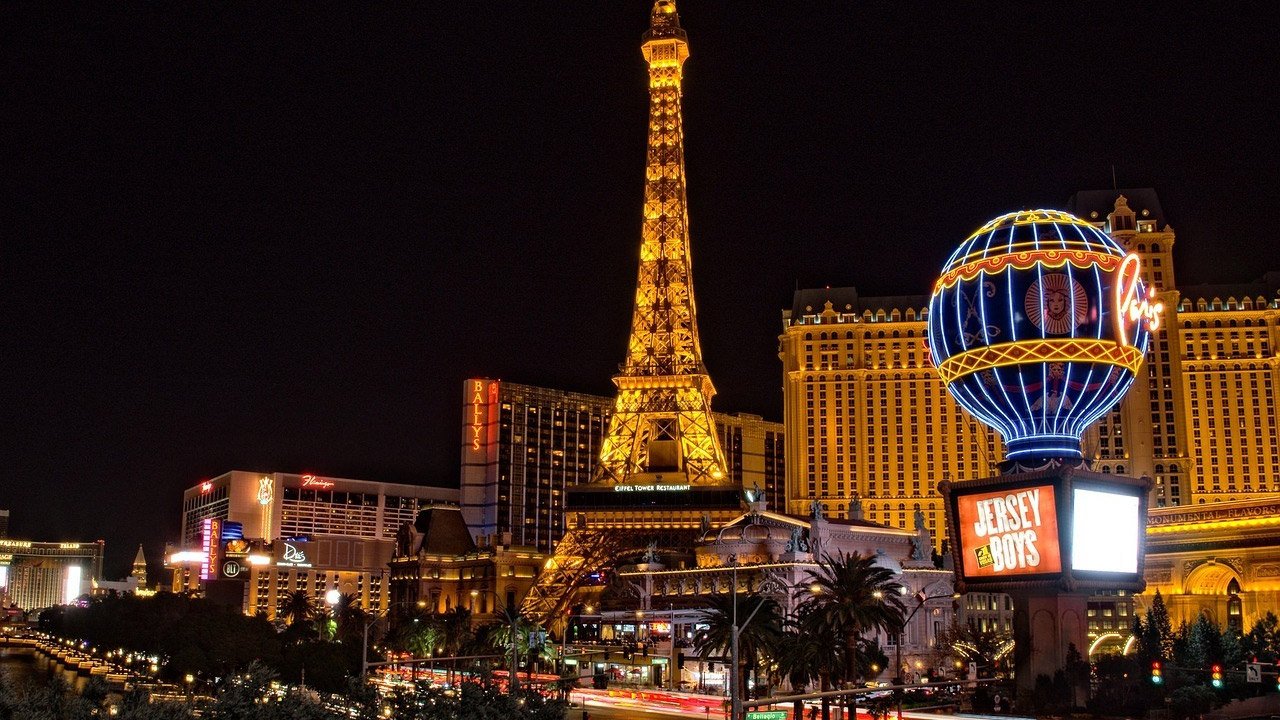
Traveling across the globe will unveil many jaw-dropping casinos. In many countries, gambling hubs extend beyond just being casinos; they are marvels of architectural design and offer a variety of entertainment options.
These casinos attract millions of guests yearly and have balance sheets that would make most people gasp for air. However, this throughput of visitors and staggering revenue are required when looking at the astronomical construction costs of these entertainment hubs.
If you want to discover how much some investors are willing to spend on the ultimate casino destination, keep reading. Here are the world's most expensive casinos that required earth-shattering amounts of money to rise from the ground and open to the masses of players who patiently waited.
The Bellagio, Las Vegas, USA ($1.6 billion)
Anyone who has visited Las Vegas or seen the city in movies will likely recognize the Bellagio. Distinctly identified by its vast musical fountains that stretch out in the front of the building, it is one of the few casinos that has remained a staple on the Strip since the 1990s.
When it was built, the casino broke international records as the most expensive building in the world. This record was secured in 1996, the year construction officially began and held this title until 2005, when Wynn Vegas became the new forerunner.
The casino's construction costs, at $1.6 billion, were almost unfathomable, particularly at the time. However, after adjusting for inflation, the cost equates to approximately $3.1 billion in today's money, making the construction relatively cheap (at least compared to the casinos below).
City of Dreams, Macau, China ($2.1 billion)
Despite many casinos comprising much more than a gambling area, the City of Dreams, located in Cotai, Macau, takes things to a new level. The casino resort has not just one but three separate casino areas and five skyward-reaching hotel towers. These add to the total floor space of 6.46 million square feet—of which 430,556 square feet are dedicated solely to gameplay and gambling.
Located in the special administrative region of China, the City of Dreams is surrounded by various eateries, retail stores, and entertainment venues. These cater to the millions of guests who visit from regions where gambling in person and through online gambling sites like casinos.com is prohibited.
Despite the immense scale of the City of Dreams, its price tag is less than excessive—it cost "just" $2.1 billion in 2009. This boils down to roughly $325 per square foot, which is not bad for an ultra-luxurious resort.
Wynn Las Vegas and Encore Resort, Las Vegas, USA ($5 billion)
As we pointed out earlier, Wynn Las Vegas stole the title of the world’s most expensive building from the Bellagio in 2005. At this time, it boasted the tallest building in Nevada due to its 45-floor hotel and featured expansive gambling and entertainment space. All this came at a cost of $2.7 billion.
Just a year after the massive casino’s opening, however, the developers decided to make the resort even grander by embarking on an extensive expansion plan. Adding the Encore Resort to the original casino, the Wynn transformed into a sprawling resort featuring more than 16,700 square feet of gambling floor space.
The addition of an 18-hole luxury golf course was also completed during the expansion, including a 36-foot waterfall to truly drive home the grandeur of the location. This expansion, totaling $2.3 billion, cost almost as much as the original build and skyrocketed the total cost of the resort to $5 billion.
Resorts World Sentosa, Singapore ($5.2 billion)
In 2010, casino operator Genting decided to expand its reach following the successful launch of a casino in Malaysia during the 1970s by opening a new casino in Singapore. The company embarked on an ambitious project to build Resorts World Sentosa.
Situated on the water’s edge, the casino is a mass of incredible architecture that complements the surrounding scenery and stands out as a beautiful oasis. It is more than just a pretty building, though. Inside, there are more than 161,400 square feet of gambling space.
For those wanting other forms of entertainment, the casino is also home to a Hard Rock Hotel, Universal Studios, and one of the world’s largest aquariums. All this came in at a staggering cost of $5.2 billion.
Marina Bay Sands, Singapore ($6.88 billion)
As the most expensive casino in Asia and the most expensive standalone casino property worldwide, the Marina Bay Sands in Singapore is more than just an entertainment location. The building defines the area’s landscape, rising beautifully from the ground in three stark shards topped with a plateau similar in appearance to a surfboard.
Designed by world-famous architect Moshe Safdie, the building is a magnetic tourist attraction in the region. In addition to over 160,000 square feet of gambling space, it houses a hotel, various retail options, eateries, rooftop swimming pools, and a SkyPark located 56 stories above the ground.
This has earned the casino resort an estimated annual revenue of around $1 billion (down from almost $2 billion before 2020). This incredible inflow of money certainly helps offset the bitter pill of the $6.88 billion price tag attached to the casino’s construction, with a further $750 million being invested in further renovations.
Aria Campus, Las Vegas, USA ($8.5 billion)
The original concept behind Las Vegas's Aria Campus, initially called CityCenter, was to build a city within Sin City. By all accounts, this was successfully achieved as the casino is an expansive resort complex that covers over 18.2 million square feet of the famous Las Vegas Strip.
The complex houses the Aria and Vdara hotels, as well as over 15 eateries, various day spas, and multiple concert and event venues. In addition to a bespoke dog hotel, the city also houses a pool area comprising a staggering 215,000 square feet.
This contributes to the casino's price of $8.5 billion, making it the most expensive in the world—and the biggest non-governmental construction project in the US’s history. If that doesn’t show just how extensive the build was, then nothing will.


